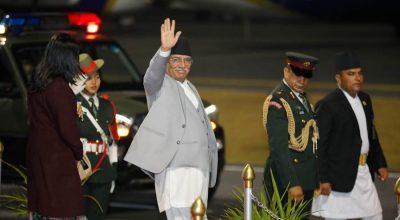November 3.Today the number of countries operating nuclear-powered submarines is the same as it was 30 years ago at the end of the Cold War.
When, on January 17 1955, the captain of USS Nautilus reported “Underway on nuclear power” it ushered in a new era of submarine warfare. In fact, it was such a game changer that it reset naval warfare generally. Nuclear powered submarines were faster, did not need to surface during a mission and could run until their crew’s stores run out. Yet despite the disruptive nature of nuclear-powered submarines, few navies could follow the U.S. Navy into this new era. Russia, Britain, France and China built them, and India joined the ranks in the late 1980s by leasing a Russian boat.
Today, those same 6 countries are still the only ones operating nuclear-powered submarines. Today, those same 6 countries are still the only ones operating nuclear-powered submarines. The U.S. Navy has 70, Russia has 41 including the fateful deep-diving special submarine Losharik, on which 14 submariners lost their lives in July. China is next with 19; Britain has 10, France 9, and India 3.
During the Cold War others did attempt to follow the U.S. Navy’s lead, but gave up. Few people are aware that Sweden and Italy each had indigenous nuclear-powered submarine programs in the 1960s. But these did not survive to fruition. However, today there is a new wave of interest among navies.
Brazil and South Korea are the safest bets for who will come next. In addition, several other navies have either voiced an intention, or are worthy of speculation.
Brazil’s nuclear submarine program leverages French design help, but with a local reactor. The initial boat, Álvaro Alberto, was laid down in 2018 and should be ready to join the fleet by 2029. Brazil’s nuclear submarine program is old news, but South Korea’s intention was only revealed on October 10. The Navy have not firmed up the program, only that they are considering it. Seoul does have a vibrant submarine building capability so it’s not unrealistic. Like Turkey,it is largely based on German technology. So South Korea has a proven track record of indigenous high-tech naval projects which are in some ways innovative. Their first truly indigenous large submarine, the Dosan Ahn Changho, was launched in September 2018. This will be the first non-nuclear submarine to feature vertical launch tubes for cruise missiles.









प्रतिक्रिया दिनुहोस्